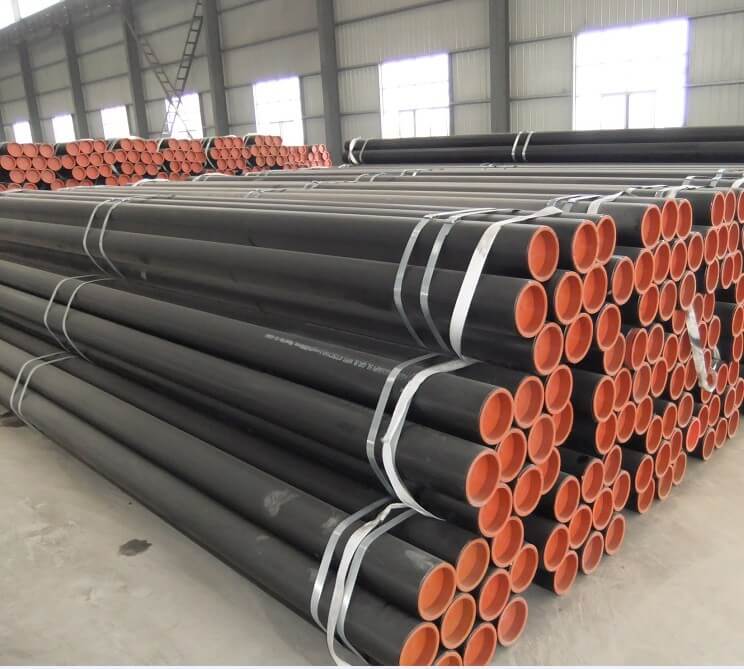-
Cangzhou Yulong Steel Co., Ltd.
-
Phone:
+86 13303177267 -
Email:
admin@ylsteelfittings.com

Nov . 21, 2024 16:05 Back to list
din 2527 blind flange
Understanding DIN 2527 Blind Flanges An Essential Component in Pipeline Systems
In industrial applications, the integrity of pipeline systems is paramount. Every element, from pipes and joints to flanges, plays a crucial role in ensuring the safety and efficiency of fluid transport. Among these components, the DIN 2527 blind flange stands out as a critical fixture that frequently comes into play when managing the flow of liquids and gases. This article will delve into the definition, specifications, applications, and benefits of DIN 2527 blind flanges.
What is a Blind Flange?
A blind flange is a type of flange that does not have a bore, effectively sealing the end of a pipe or fitting. It is essential for closing off the ends of piping systems, providing pressure containment and maintaining the integrity of the system. The absence of a hole is what differentiates blind flanges from other types, such as slip-on or weld neck flanges, which allow for the passage of fluid.
Overview of DIN 2527 Standards
The DIN in DIN 2527 stands for Deutsches Institut für Normung, which translates to the German Institute for Standardization. This designation indicates that the blind flange meets specific requirements set by DIN standards, ensuring a high level of quality and compatibility. DIN 2527 covers various dimensions, materials, and pressure ratings that can be chosen based on the application.
Typically made from materials like carbon steel, stainless steel, or nickel alloys, DIN 2527 blind flanges are designed to withstand high pressures and temperatures, making them suitable for a myriad of applications in industries like oil and gas, chemical processing, and water treatment.
Specifications and Standards
The dimensions of DIN 2527 blind flanges are standardized, ensuring uniformity and interchangeability. Key specifications include the flange diameter, thickness, and pressure ratings, which range from PN 6 to PN 40. The PN rating indicates the maximum working pressure in bar at a temperature of 20°C.
When selecting a blind flange, it is crucial to consider the following factors
din 2527 blind flange

1. Material Selection based on the transferred media and operating conditions. 2. Pressure Class Ensure it meets or exceeds the operational pressure of the system. 3. Temperature Range Compatibility with the working environment is essential to prevent mechanical failure.
Applications of DIN 2527 Blind Flanges
Blind flanges are utilized in various applications
- Pipe Termination They are primarily used at the end of a piping system to close off the line, preventing leaks and pressure loss. - Inspection and Maintenance By allowing easy access to the pipeline, blind flanges facilitate inspection, maintenance, and cleaning without requiring extensive disassembly. - Expansion and Contraction These flanges can also be used to accommodate thermal expansion in piping systems, providing flexibility while maintaining pressure boundaries. - Pressure Testing They are essential during hydrostatic testing of pipelines, enabling complete sealing for effective pressure testing.
Benefits of Using DIN 2527 Blind Flanges
The use of DIN 2527 blind flanges offers several advantages
1. Reliable Sealing These flanges provide a secure and leak-proof seal, essential for high-pressure environments. 2. Cost-Effective By preventing leaks and ensuring system integrity, they can save costs related to maintenance and fluid loss. 3. Versatility The standardization of dimensions and materials means that these flanges can be used across various industries, making them a versatile choice for engineers. 4. Ease of Installation Blind flanges can often be installed quickly and easily, thereby reducing downtime during maintenance or system expansion.
Conclusion
In conclusion, DIN 2527 blind flanges are indispensable components in many industrial applications. Their standardized dimensions, robust material specifications, and multifunctional applications make them a crucial element in ensuring the safe and efficient operation of pipeline systems. As industries continue to evolve, the importance of such components will undoubtedly remain paramount, highlighting the critical role they play in maintaining operational integrity and safety in fluid transport.
Latest news
-
ANSI 150P SS304 SO FLANGE
NewsFeb.14,2025
-
ASTM A333GR6 STEEL PIPE
NewsJan.20,2025
-
ANSI B16.5 WELDING NECK FLANGE
NewsJan.15,2026
-
ANSI B16.5 SLIP-ON FLANGE
NewsApr.19,2024
-
DIN86044 PLATE FLANGE
NewsApr.19,2024
-
DIN2527 BLIND FLANGE
NewsApr.12,2024
-
JIS B2311 Butt-Welding Fittings LR/SR 45°/90° /180°Seamless/Weld
NewsApr.23,2024
-
DIN2605-2617 Butt-Welding Fittings LR/SR 45°/90°/180° Seamless/Weld
NewsApr.23,2024











